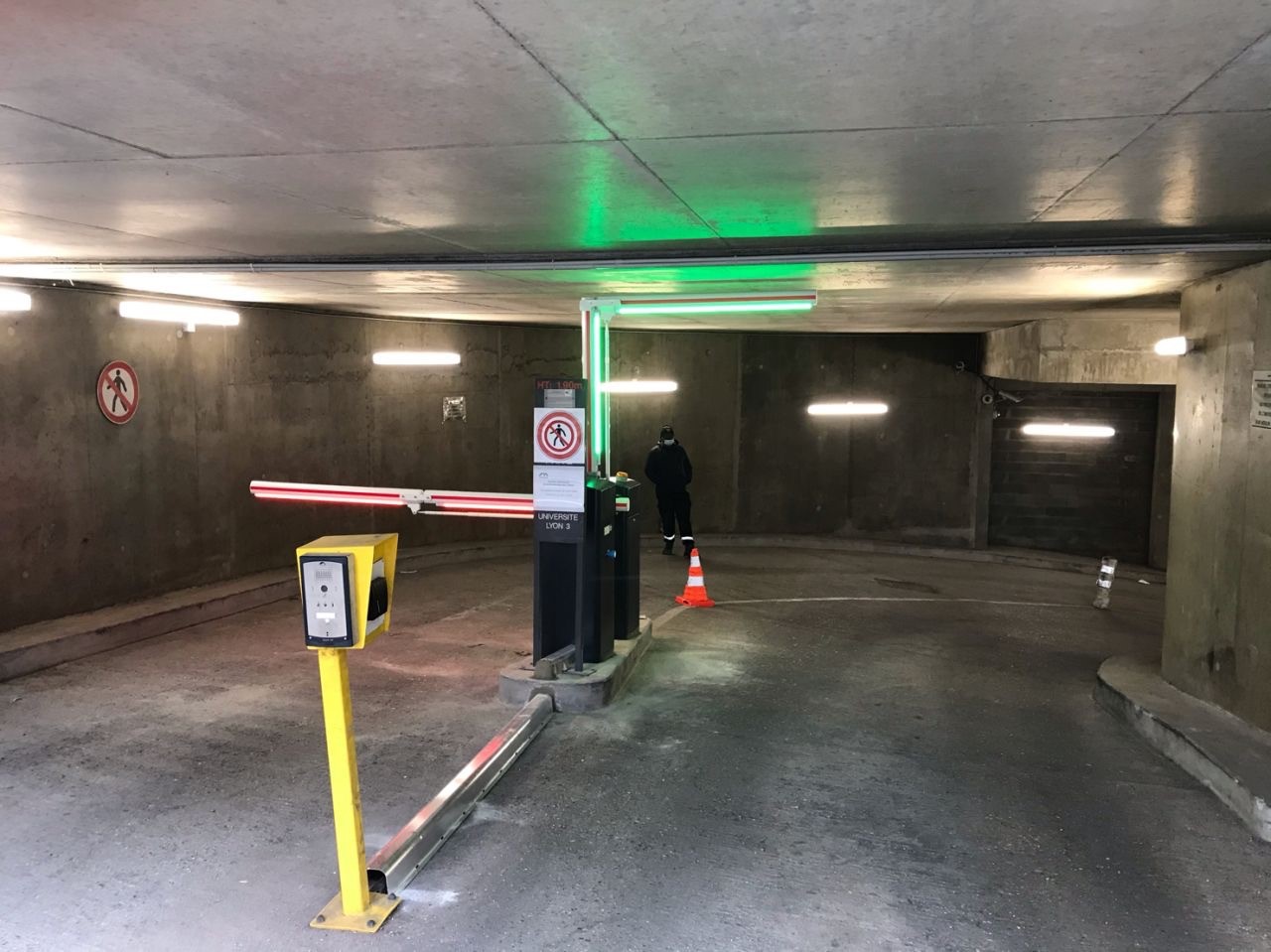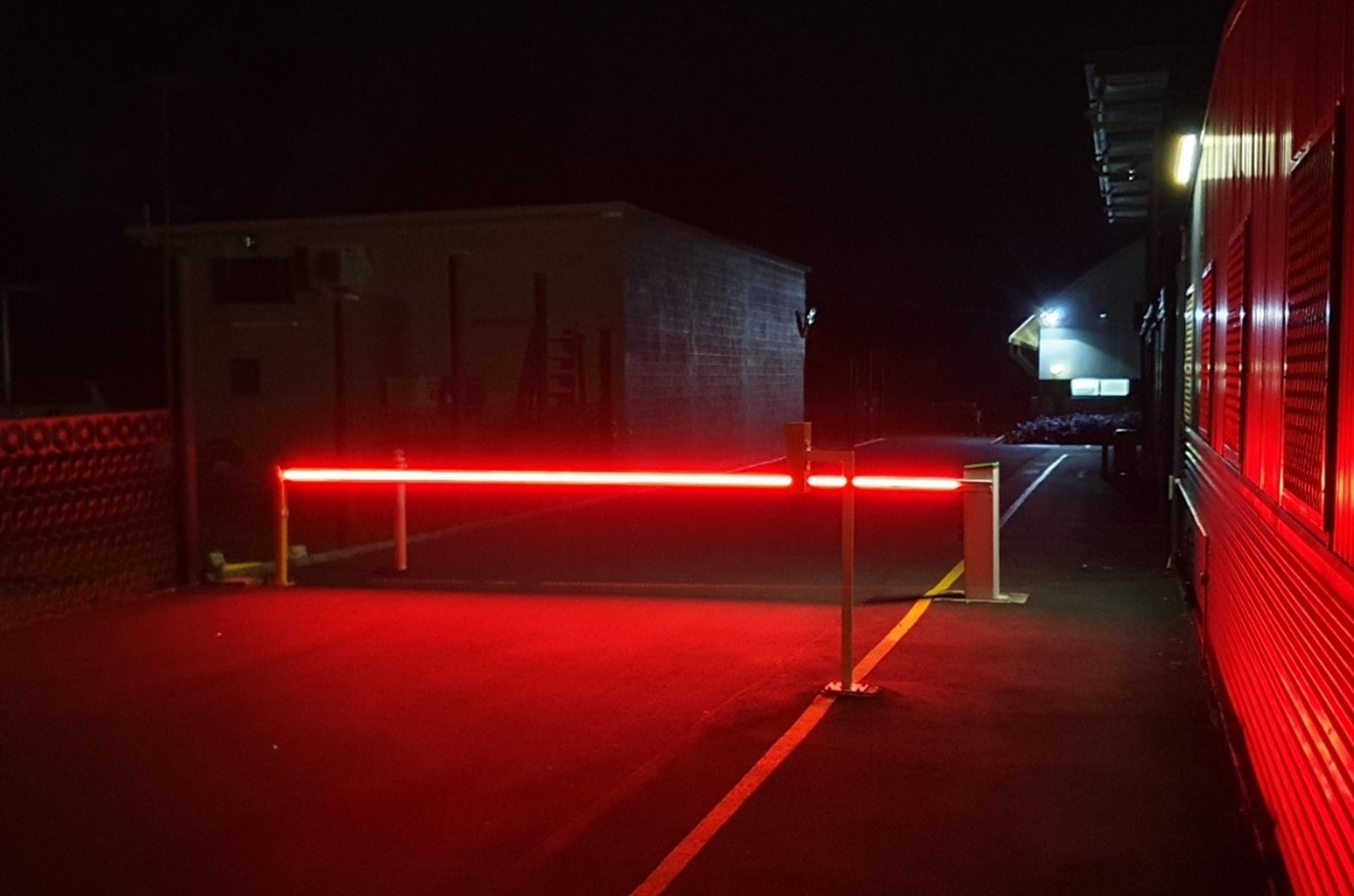How to make sure your carpark will benefit from your investment
If you think your carpark could benefit from a boom gate, you’ll no doubt want to select the ideal make and model for your needs. There are a few questions you should answer to ensure your new boom gate does the job.
Let’s look at the five considerations when choosing the right boom gate for your carpark.
1) Volume of traffic
Think about what opening speed you require. Boom gates can range from under 1 second to 3+ seconds opening time, so consider what vehicle throughput you’ll need to cater for.
Since a faster gate will require slightly more outlay, consider whether you really need such speed. A faster boom gate may be absolutely necessary for a very busy carpark (such as a hospital, airport, or public facility) whereas a lower volume environment (like a school) may only need a slower, and therefore more affordable, boom gate.
Typically you’ll need to plan for a vehicle throughput of around 300 to 400 Vehicles Per Hour for a busy carpark. It’s important to think about your peak times – for example, if your carpark is servicing a sporting, entertainment or educational facility, you should plan around peak entry and exit times rather than slower periods.
You’ll want to avoid drivers queueing, either:
- On the way in – since council restrictions can dictate limitations to get vehicles off the street, and
- On the way out – to offer a better driver experience for your clients, customers, or employees.
Then there’s the risk of revenue loss with a slow boom gate. Tailgaters can potentially sneak in or out of your carpark behind the car in front and cost you parking revenue. Ensure that the opening and closing speed is fast enough to avoid this problem.
Lastly, a faster operation time can offer better security for your carpark, ensuring that no unauthorised vehicles can enter or exit.
2) Installation location and environment
If you’re installing a boom gate indoors, remember that it may need an articulating arm to physically operate within the available ceiling height of the carpark.
Another environmental factor is the ambient temperature of your carpark. If it will be installed in a hot environment, the boom gate may need anti-condensation protection in the canopy, along with cooling fans to ensure continued reliable operation. Likewise, if your carpark is situated in a cold environment, the boom gate may need heating elements or motor blankets for reliability.
Similarly, if your carpark is in a corrosive coastal environment, you’ll need to think about a stainless steel unit to extend its operational life. Industrial areas can also have corrosive chemicals or fumes that will affect your choice of boom gate.



3) Required method of access
How will your new boom gate be opened? It’s important to consider how it will be used, since you don’t want to have an access system that frustrates drivers, offers only low security, or doesn’t control access to different areas.
Modern units come with a wide choice of opening options, including:
- Loop
- Remote
- Swipe card
- Pin pad
- Push button, and
- Integration with a traffic light or carpark management system.
Remotes
Whether a remote is appropriate will depend on the number of people using access control. For example, if you have a hundred residents using a basement carpark, it will be cost prohibitive to supply everyone with a remote. A swipe card system will likely be a better option.
On the other hand, remotes are a great option for smaller carparks with few tenants. You can also install a pin pad for additional staff or visitors when needed.
Swipe
If you opt for a swipe card, consider what other swipe-card systems you already have in place for building access. Extending the existing system with a reader on the boom gate can be easier for everyone, since one swipe card reader will be all that’s needed.
You should also consider where the boom gate will be installed. A swipe card system needs to be connected back to the building’s control system, and if the boom gate is a long distance from the building (say 100 metres or more), you may find that the cost of cable, conduit and trenching for a swipe system may be prohibitive.
In this instance, think about installing a pin pad system, since this will be local to the boom gate and will operate on the same power supply.
4) Maintenance needs of the boom gate
Like any carpark function, you will want to achieve a lower total cost of ownership. Opting for quality equipment will give you a higher ROI in the long run.
Service intervals for quality boom gates should be every 6 months for a high volume carpark, or out to 12 monthly in a low volume application.
To ensure continued reliable operation, parts availability is important – so be sure to check that your supplier has parts on hand. Fast response from your maintenance supplier is also critical.
A good quality boom gate should have a fast repair time – in fact, well designed gates should need just a 15 minute timeframe for any part replacement.
All of this is important, since a working boom gate helps to ensure a good parking experience for drivers – and a non-functional gate just the opposite!
5) Integration capabilities
Do you intend the boom gate to work as a standalone system? Or do you want it to work with your existing carpark management system?
Check whether the boom gate is capable of integrations with your other systems, such as a swipe card system or Intelligent Traffic System (ITS).
Lastly, don’t simply think of your carpark’s needs today. Remember that in future, your carpark may need integration options – for example, if you are looking to monetize your carpark in the future, or you need to control access to future developments.
Get more information about car park boom gates
If you’d like to know more about the right boom gate for your carpark, call the team today on 1300 987 645 or contact us online.



![PARCsafe-[CMYK]-BP-2022](https://parcsafe.com.au/wp-content/uploads/2023/10/PARCsafe-CMYK-BP-2022.png)
